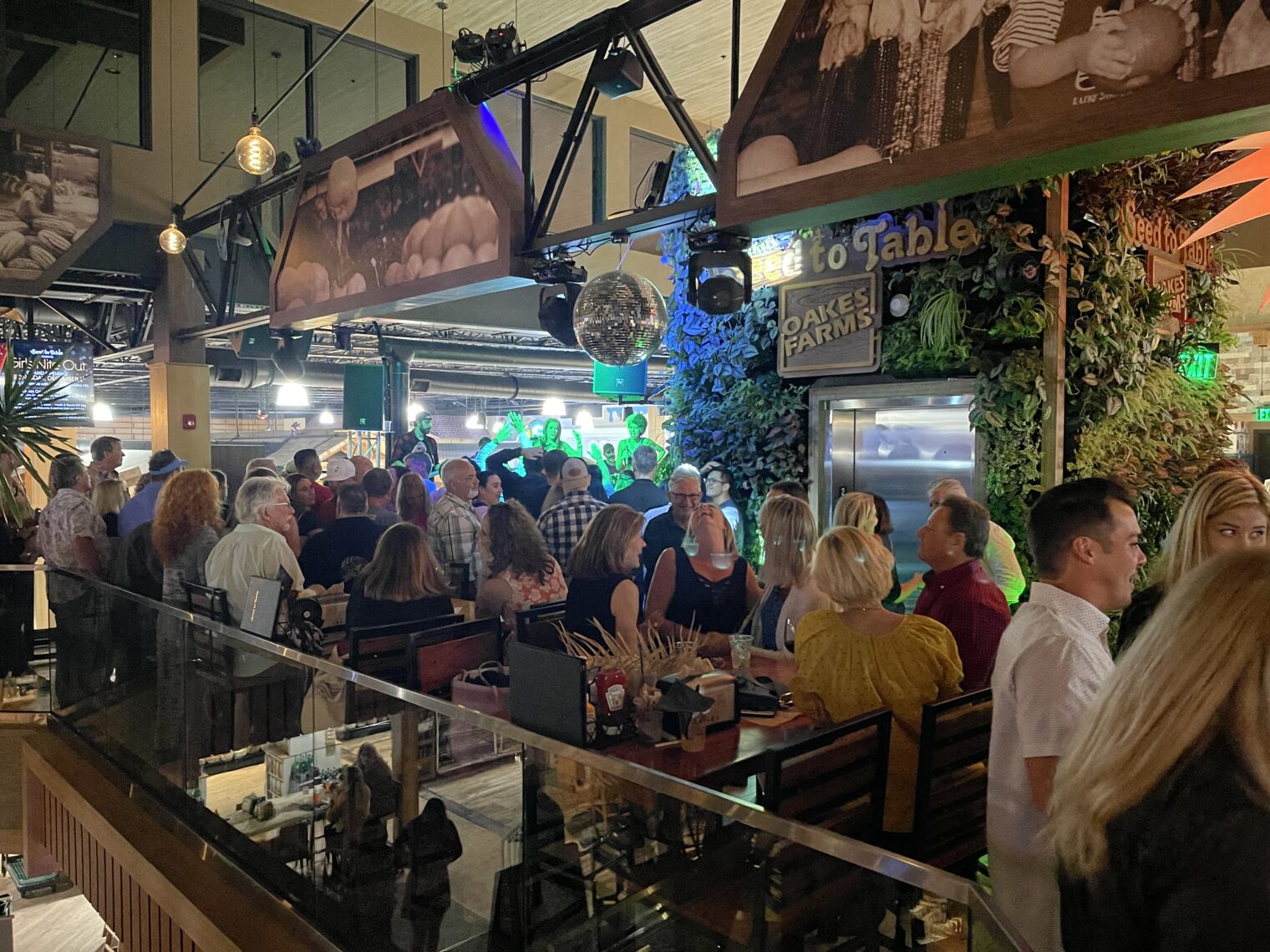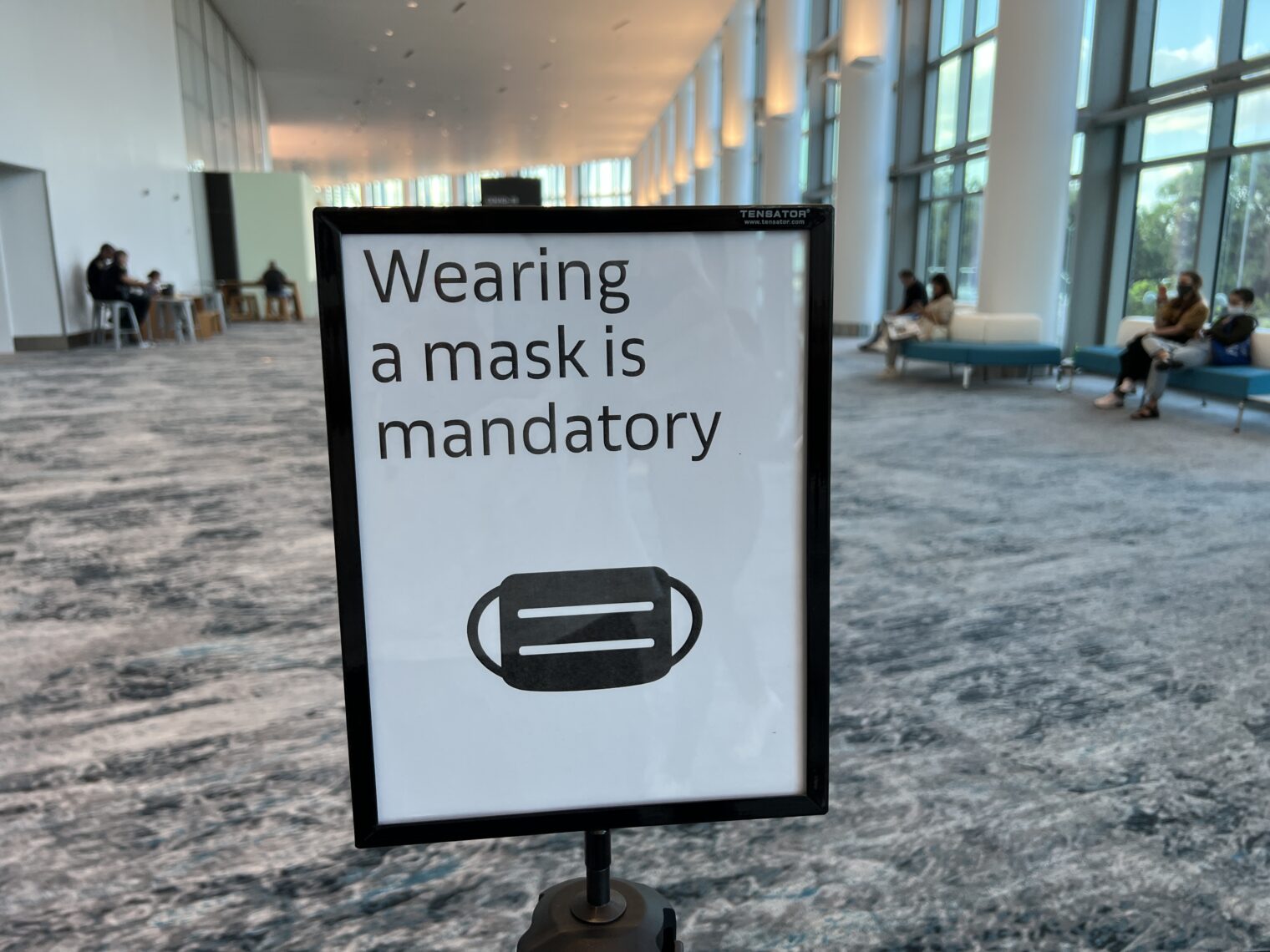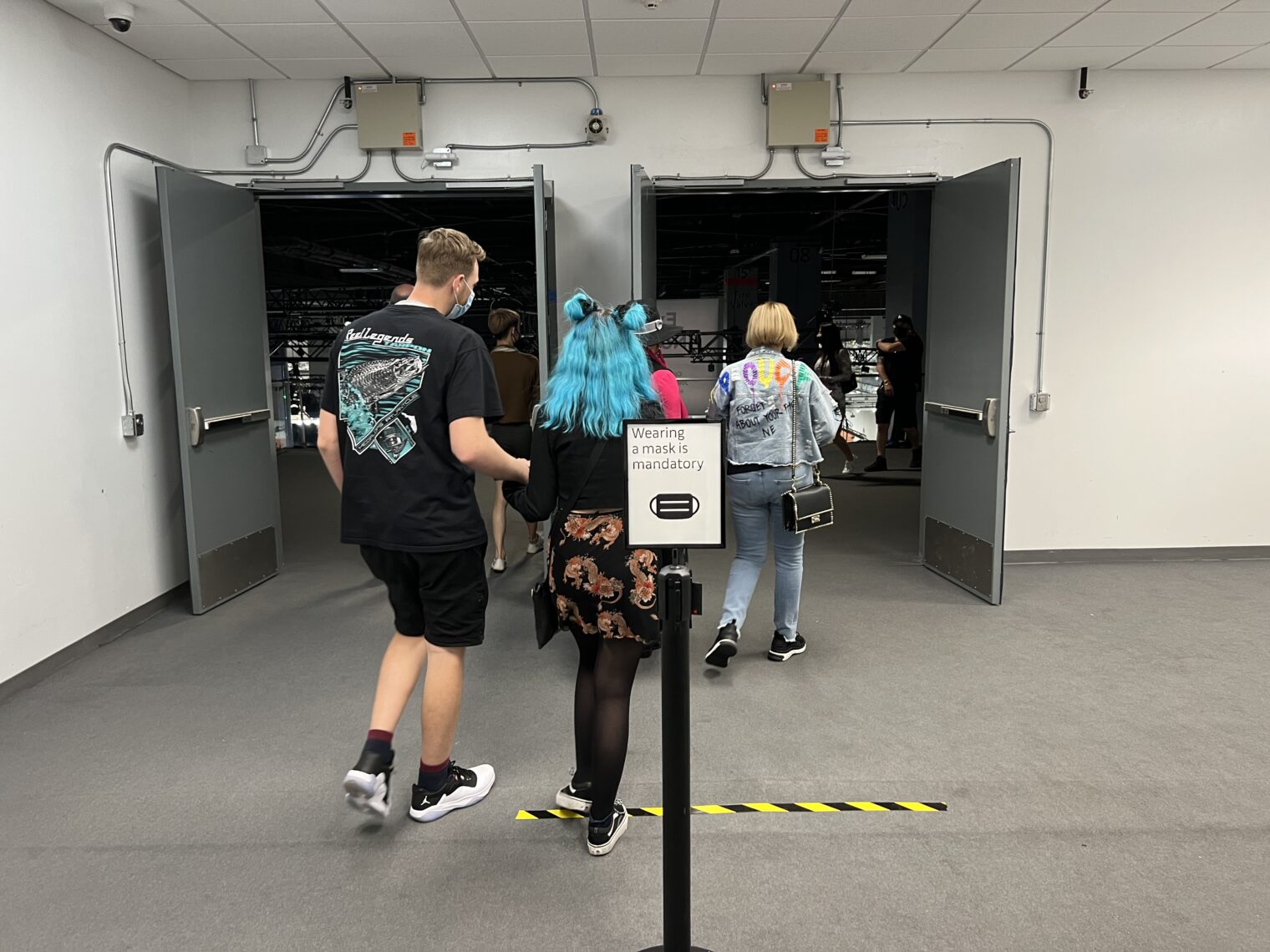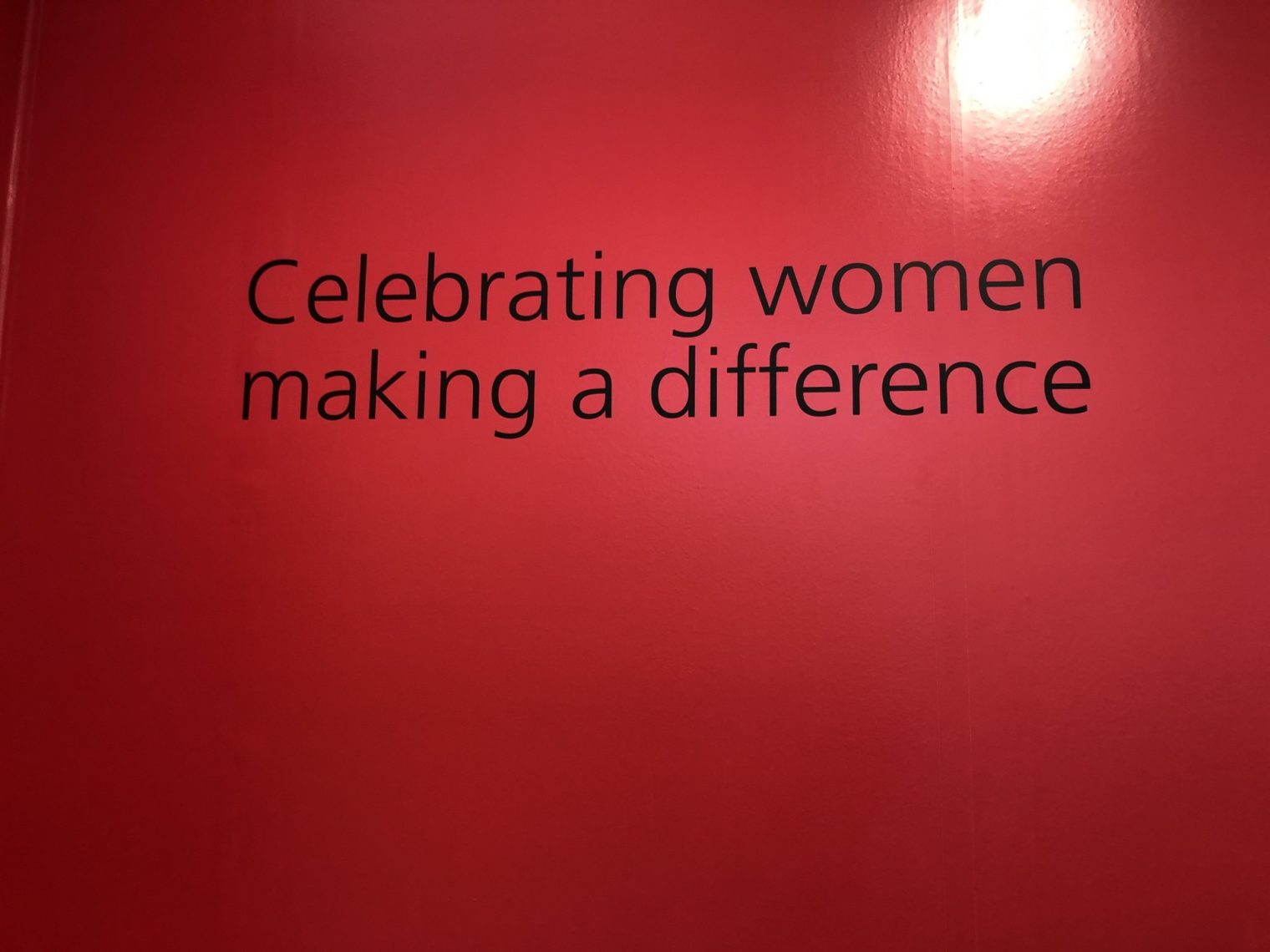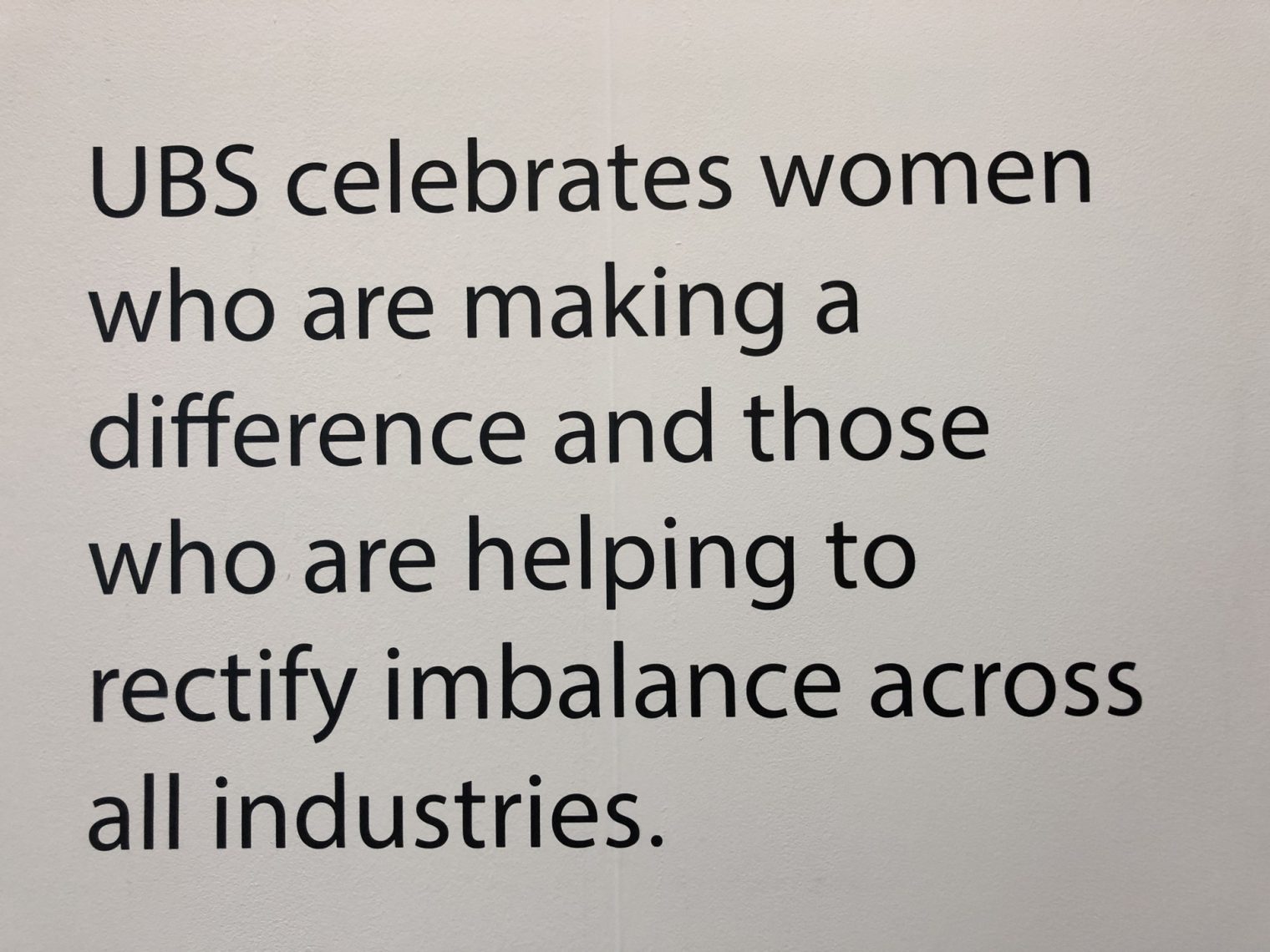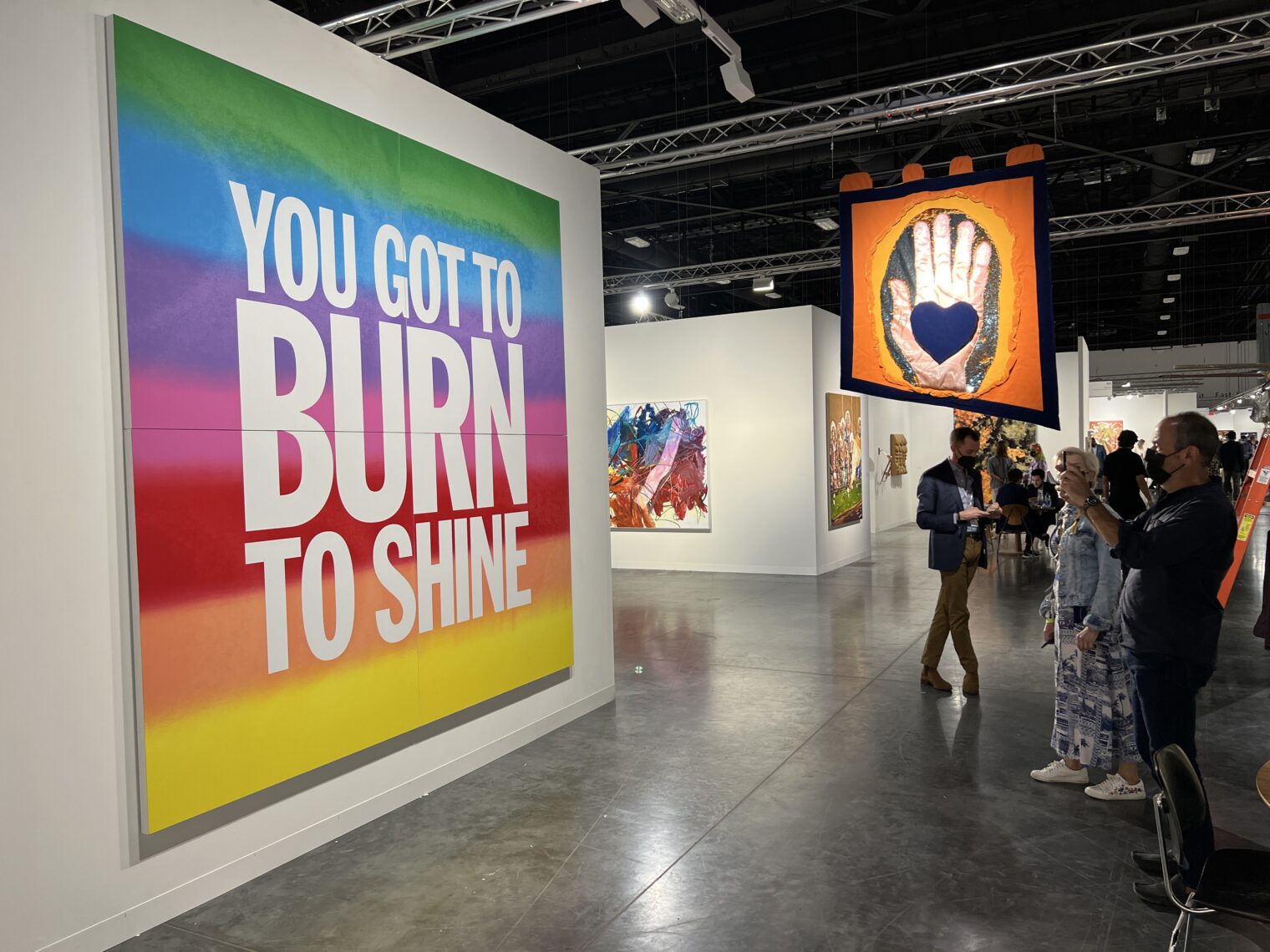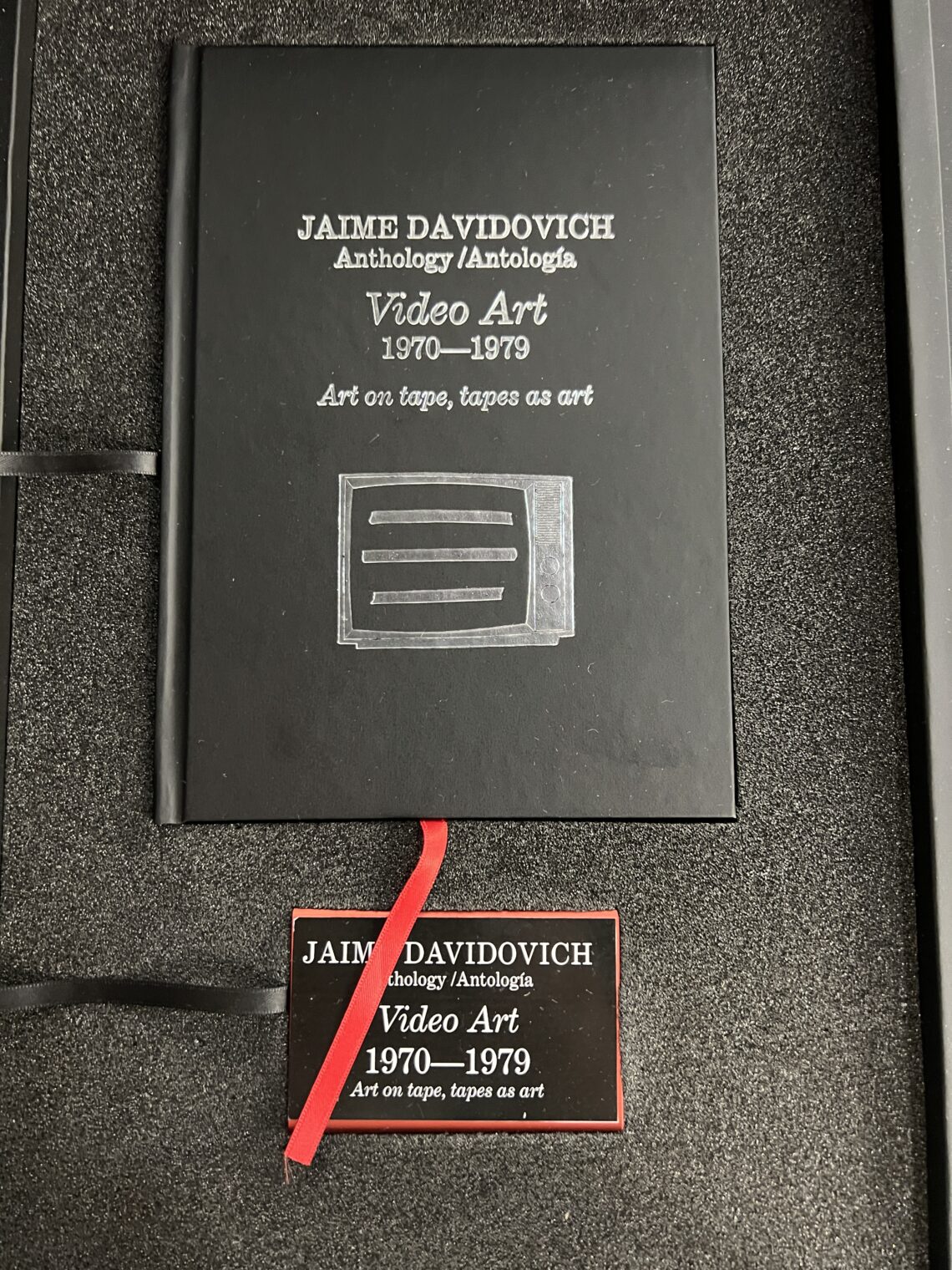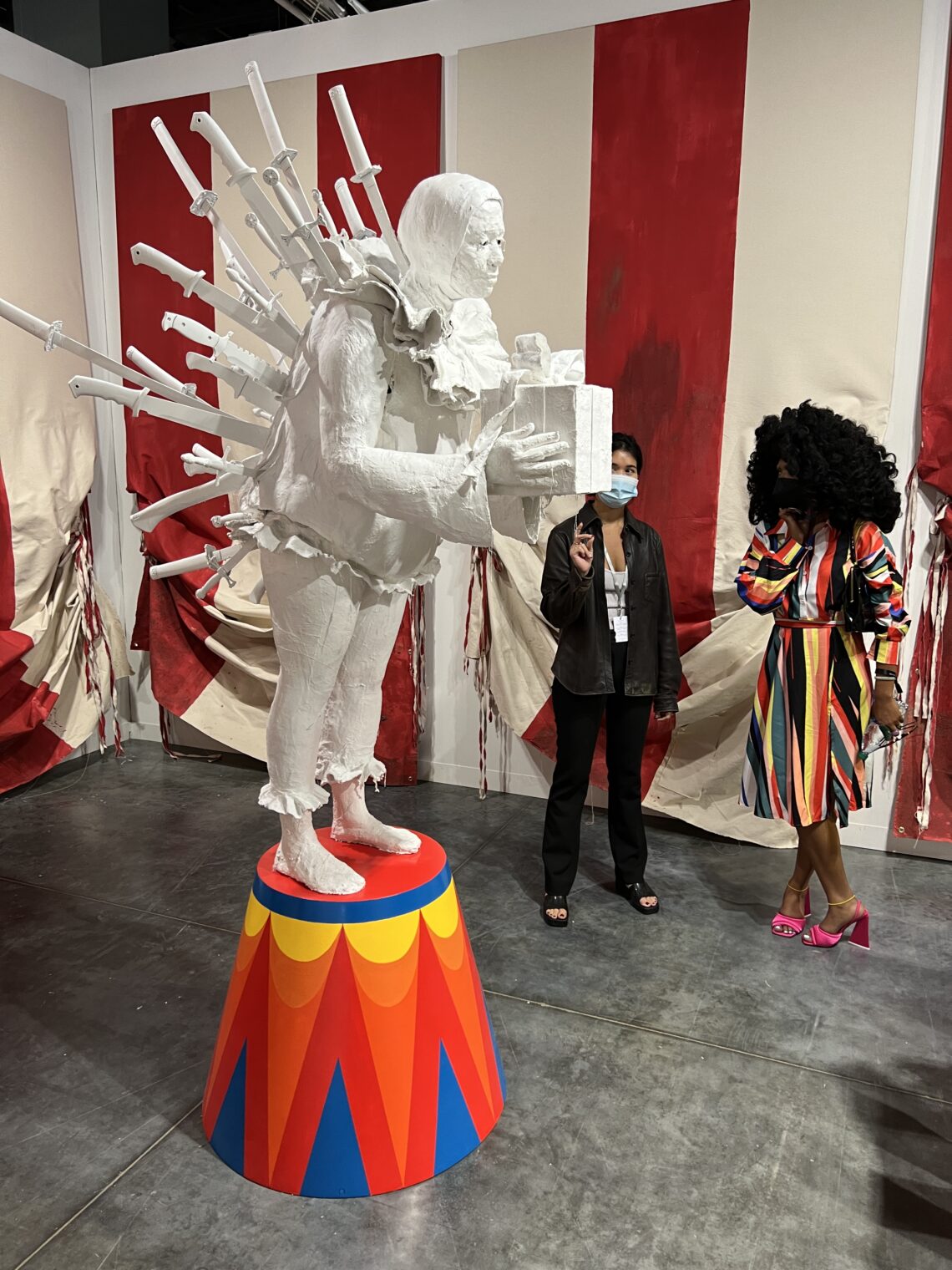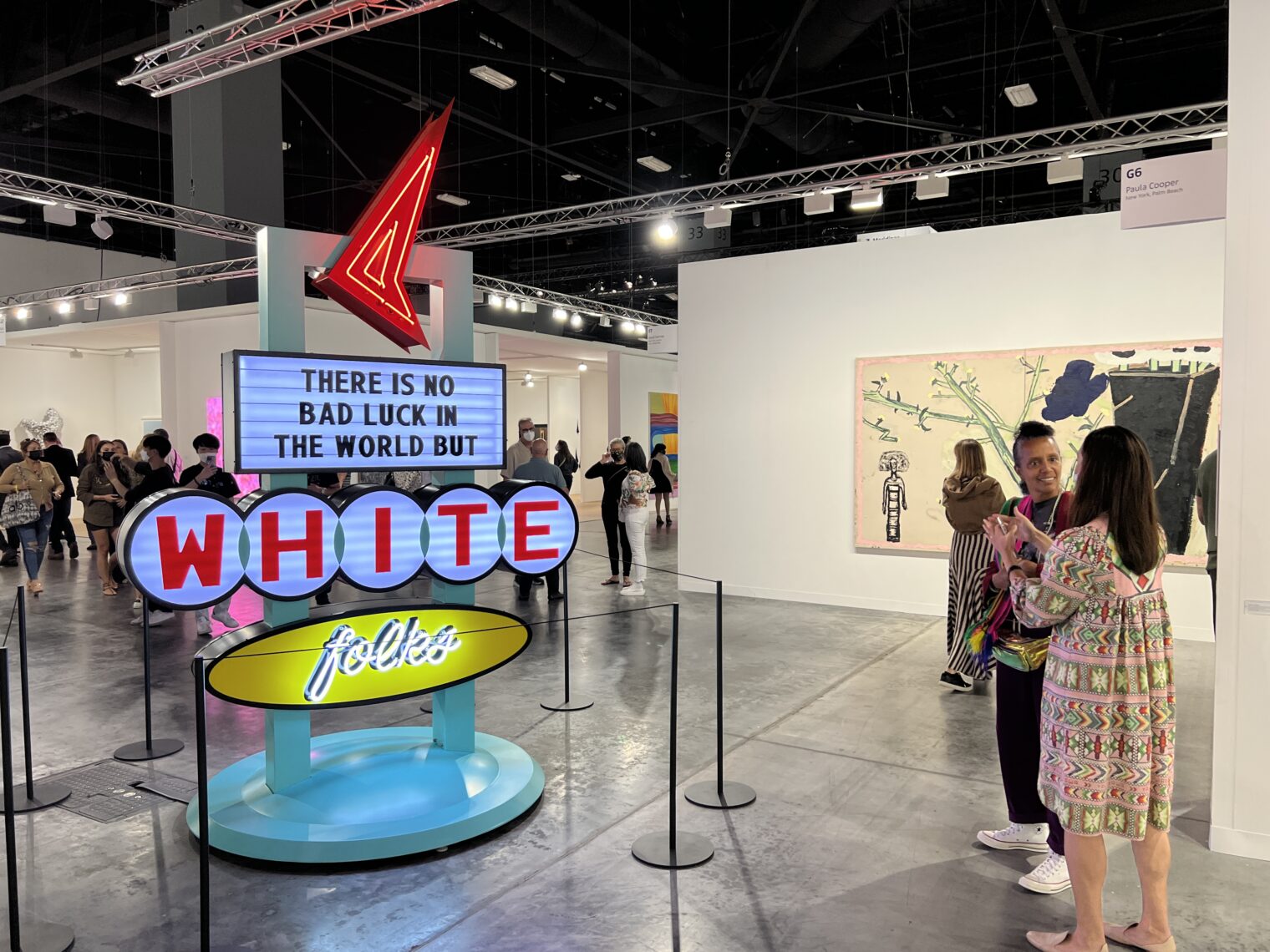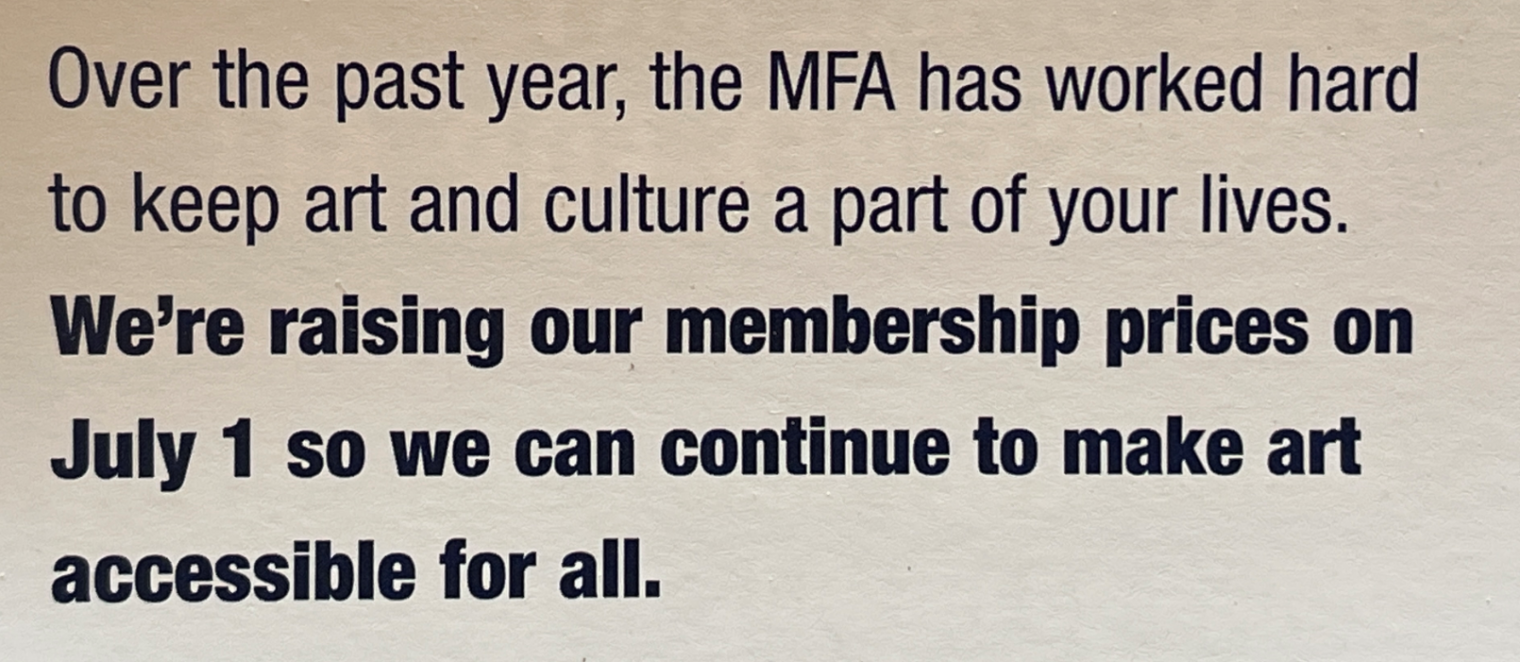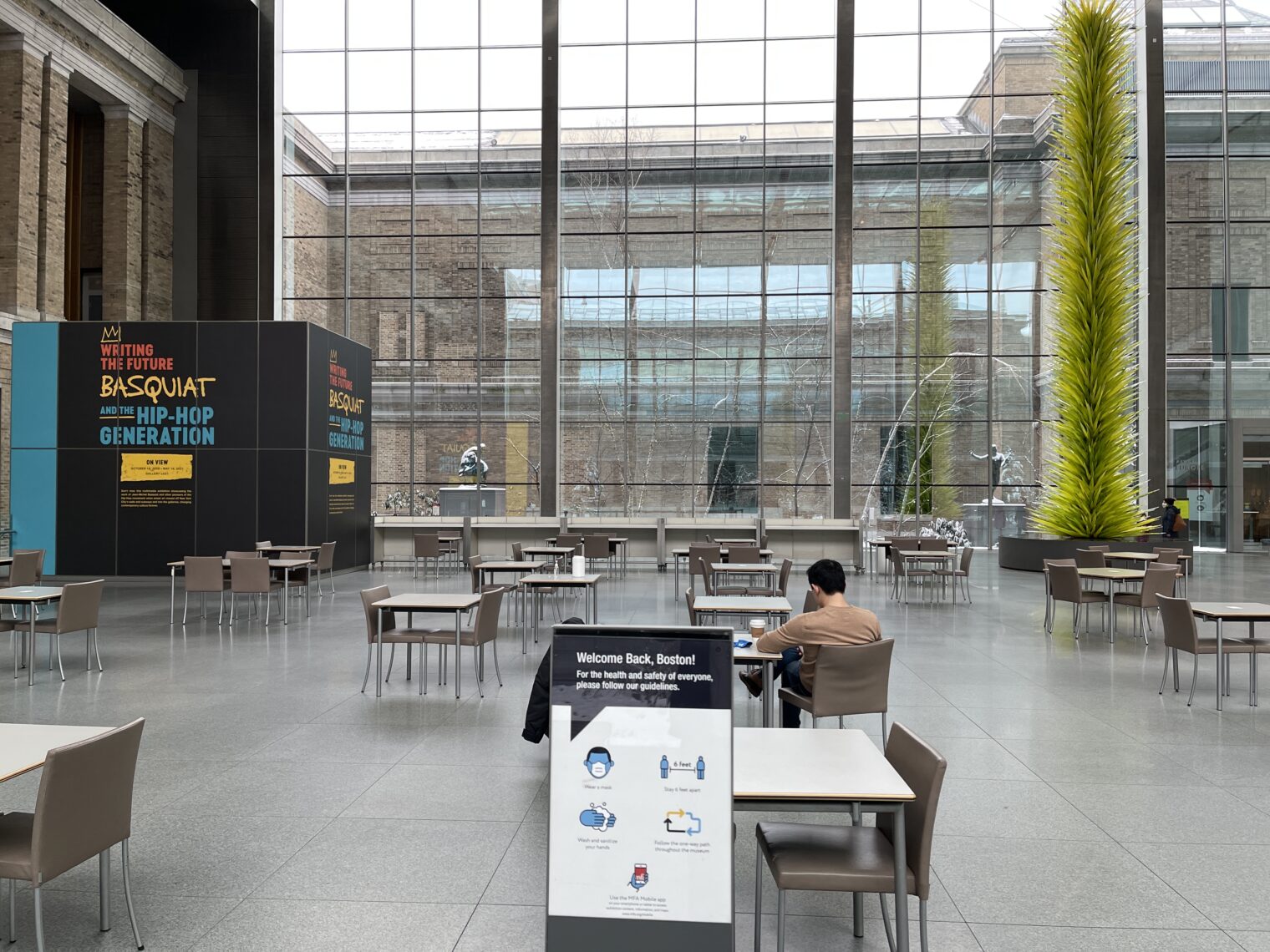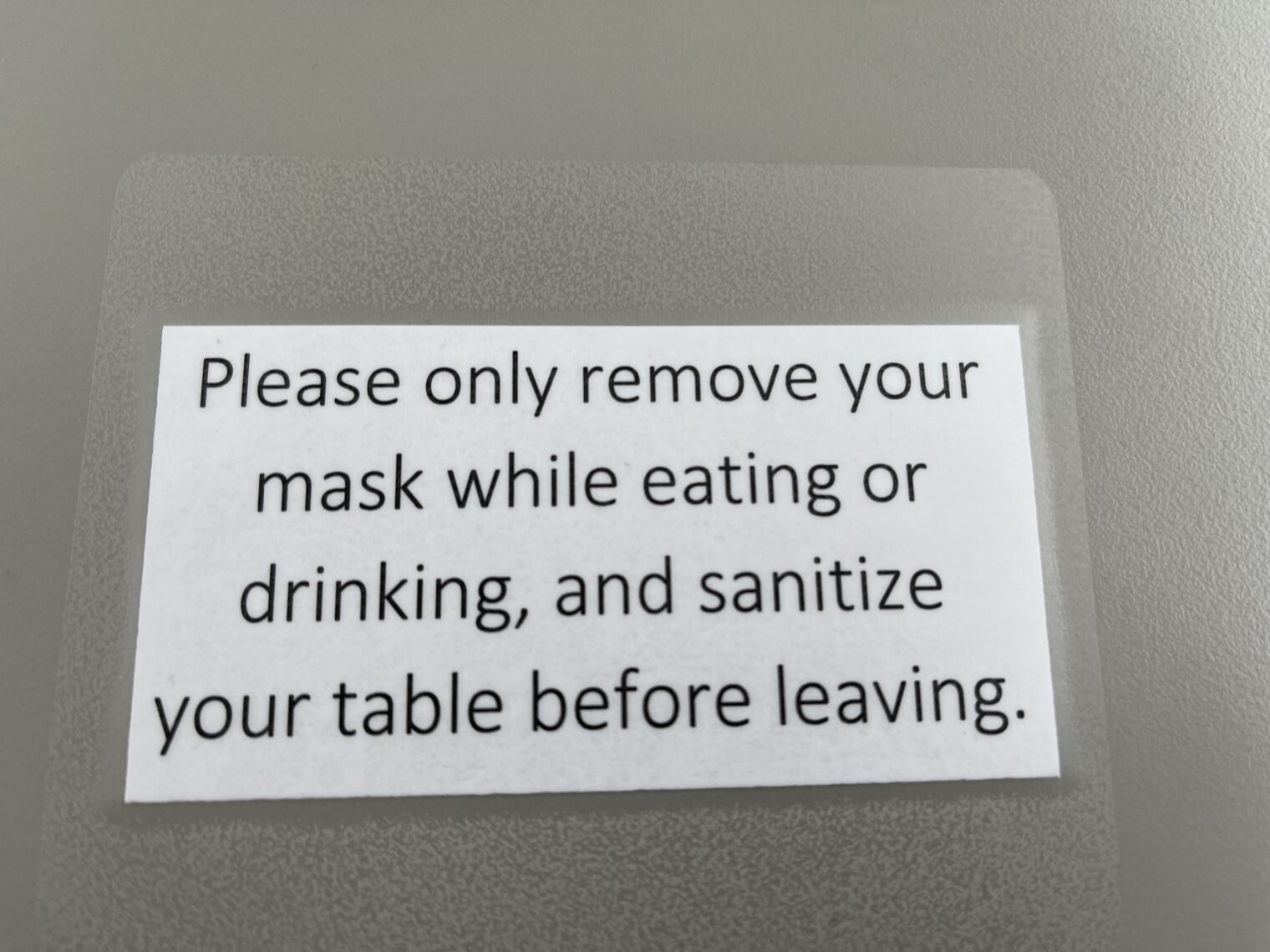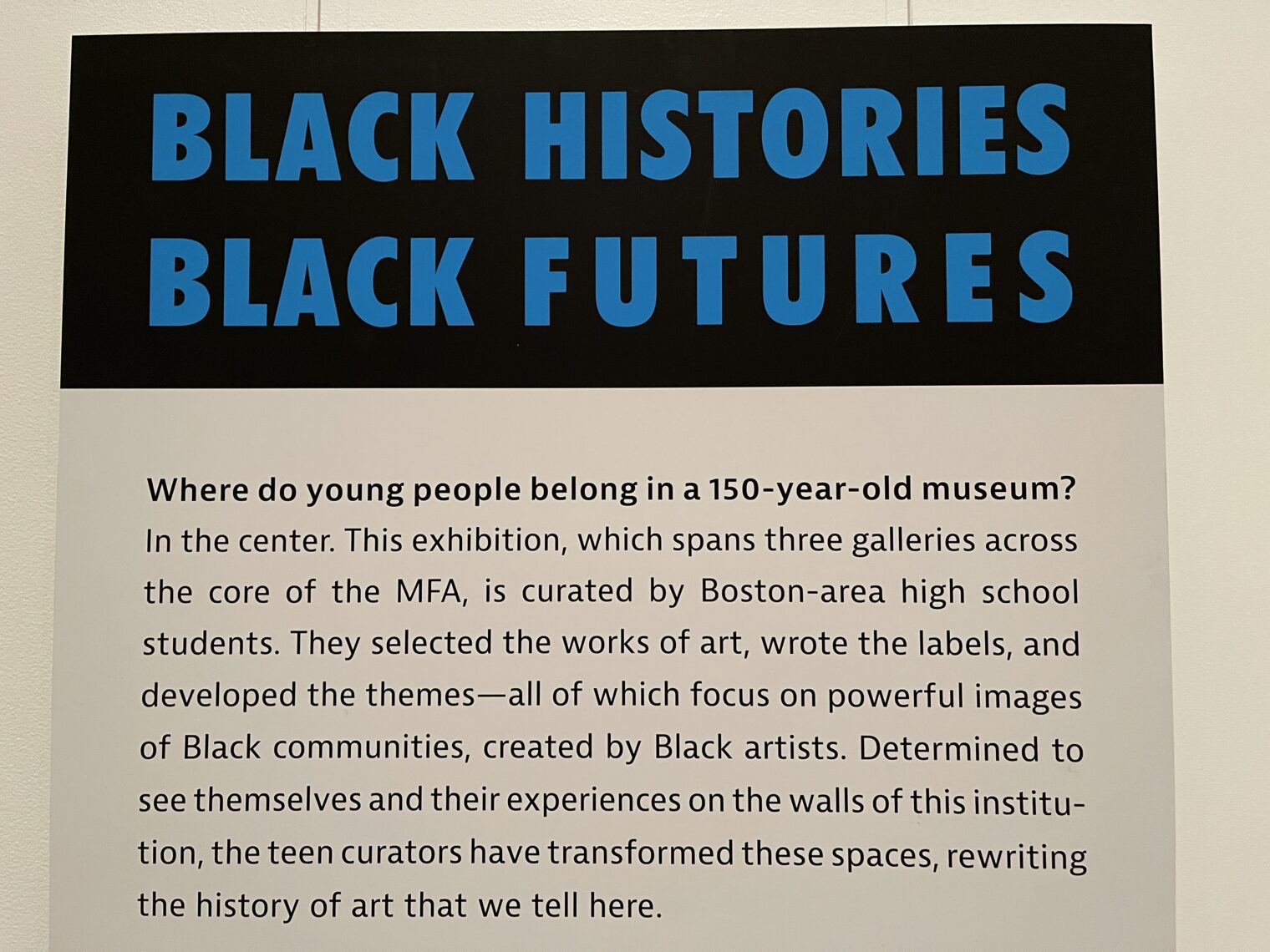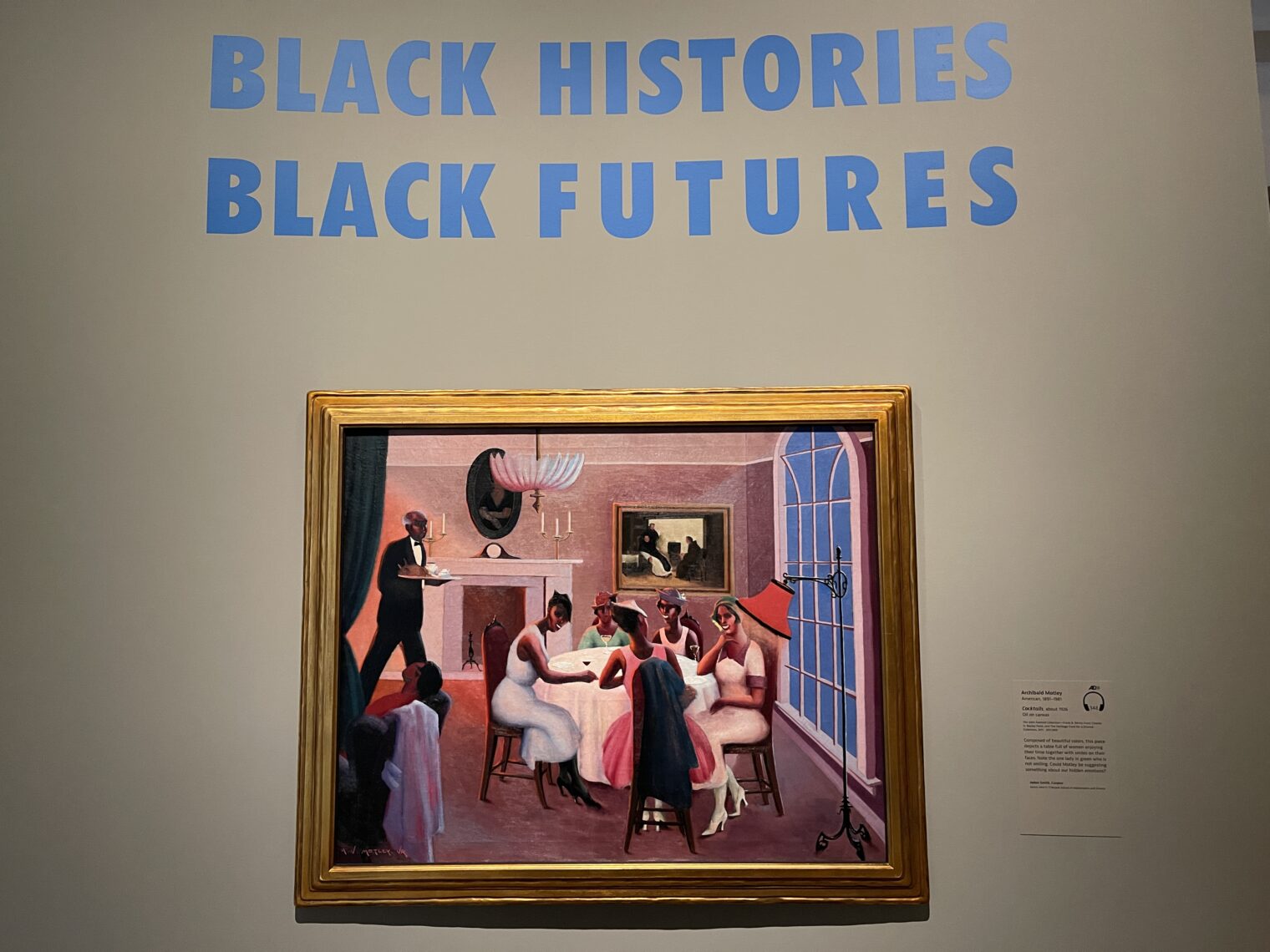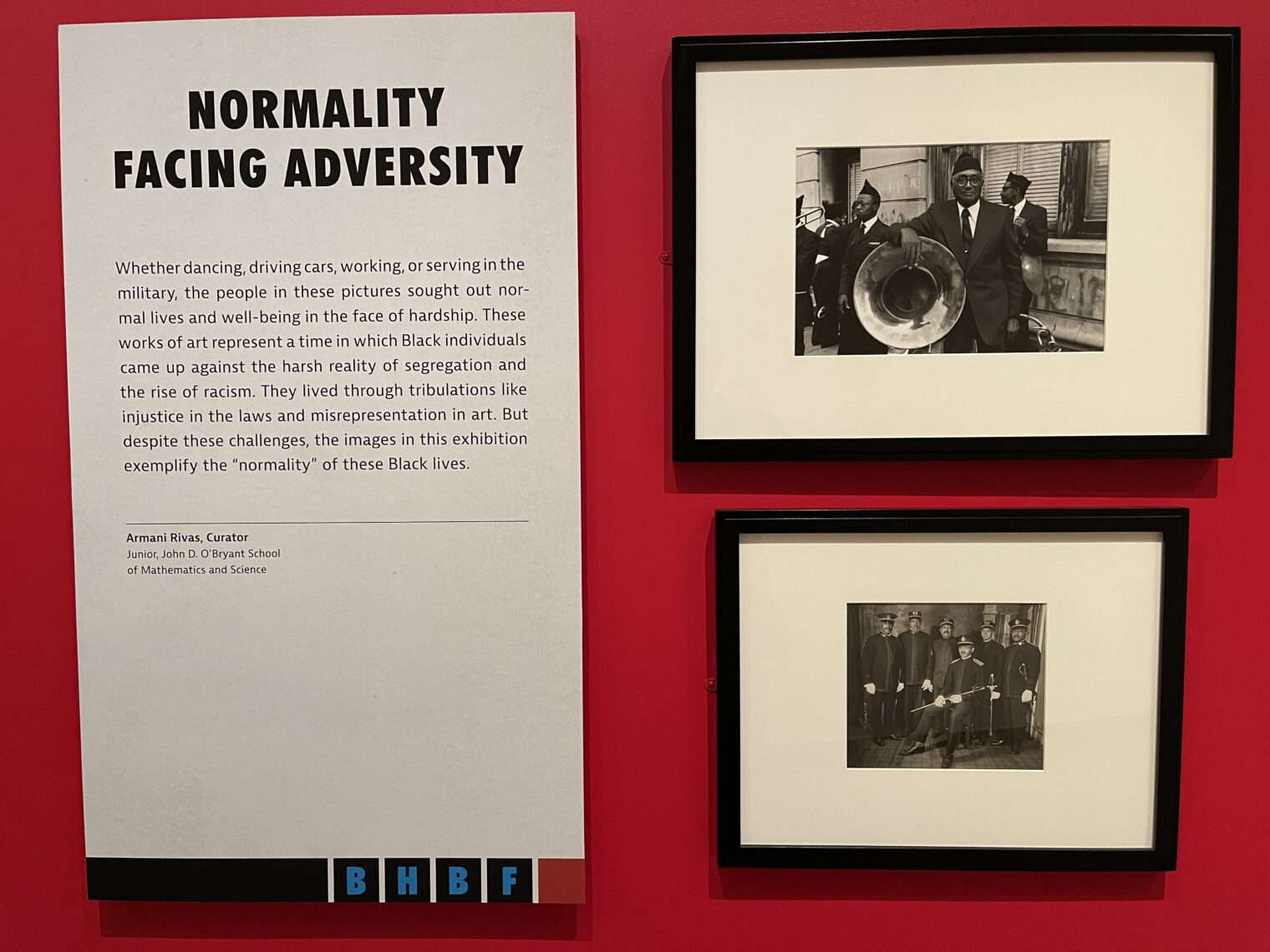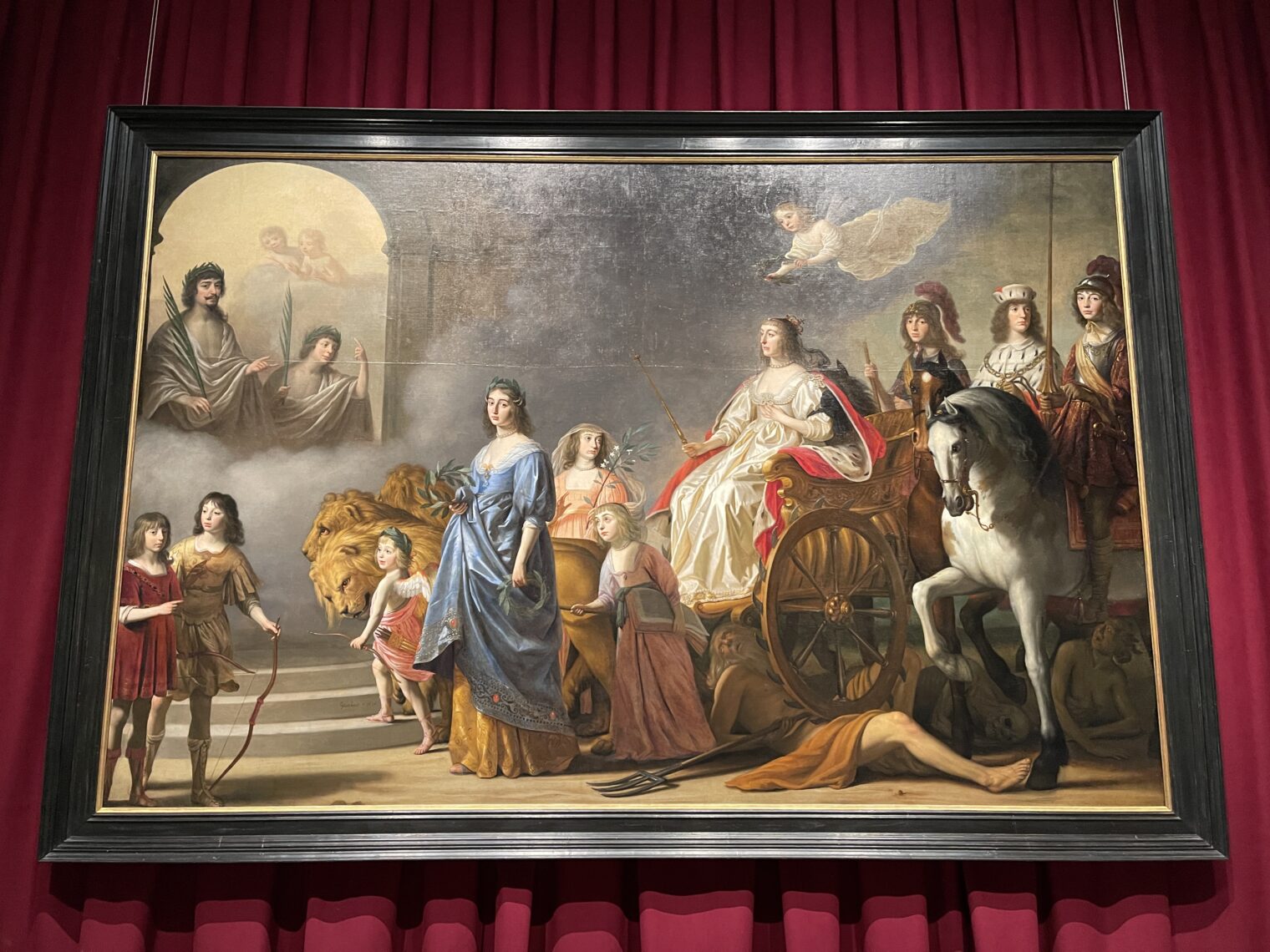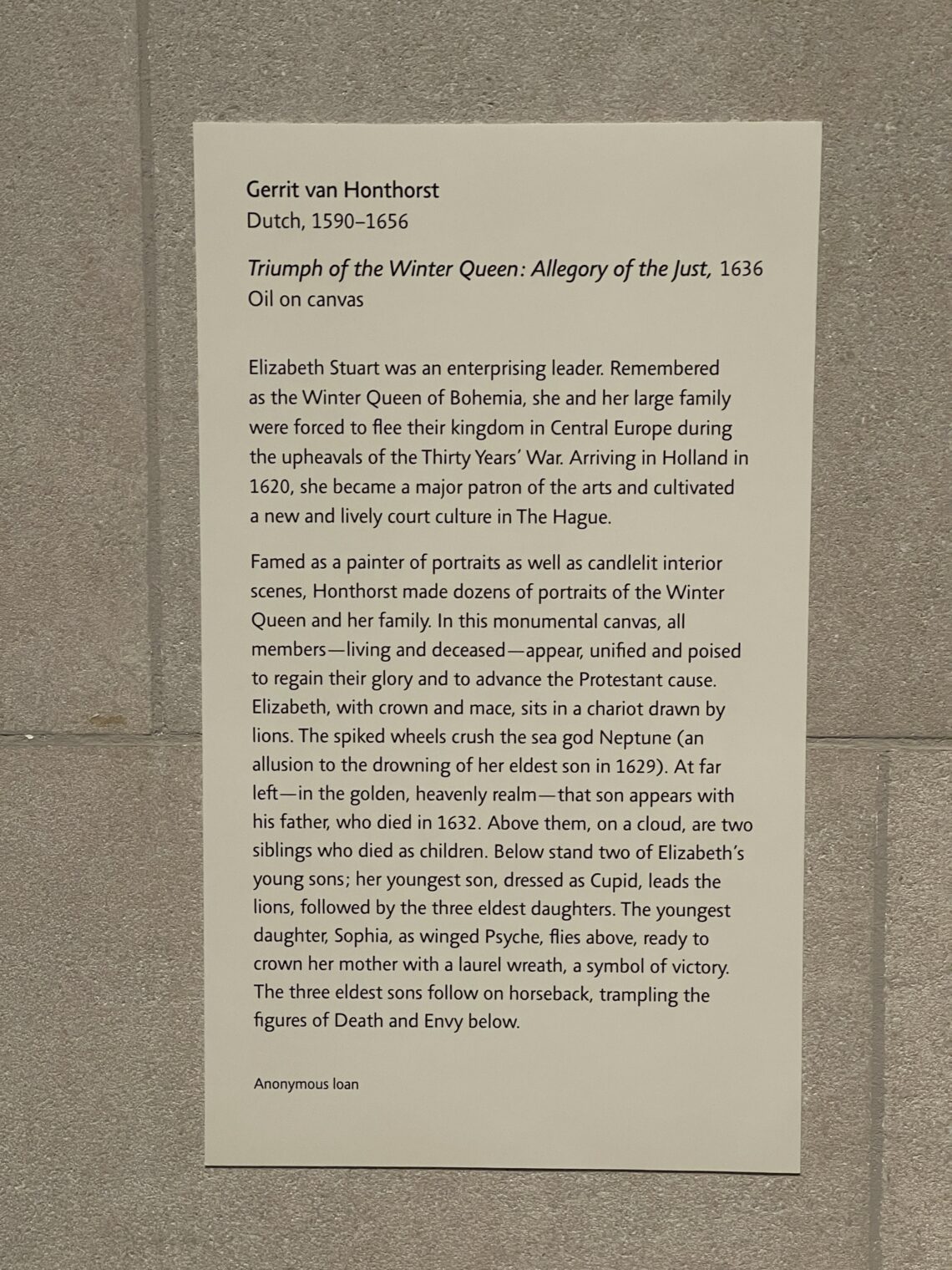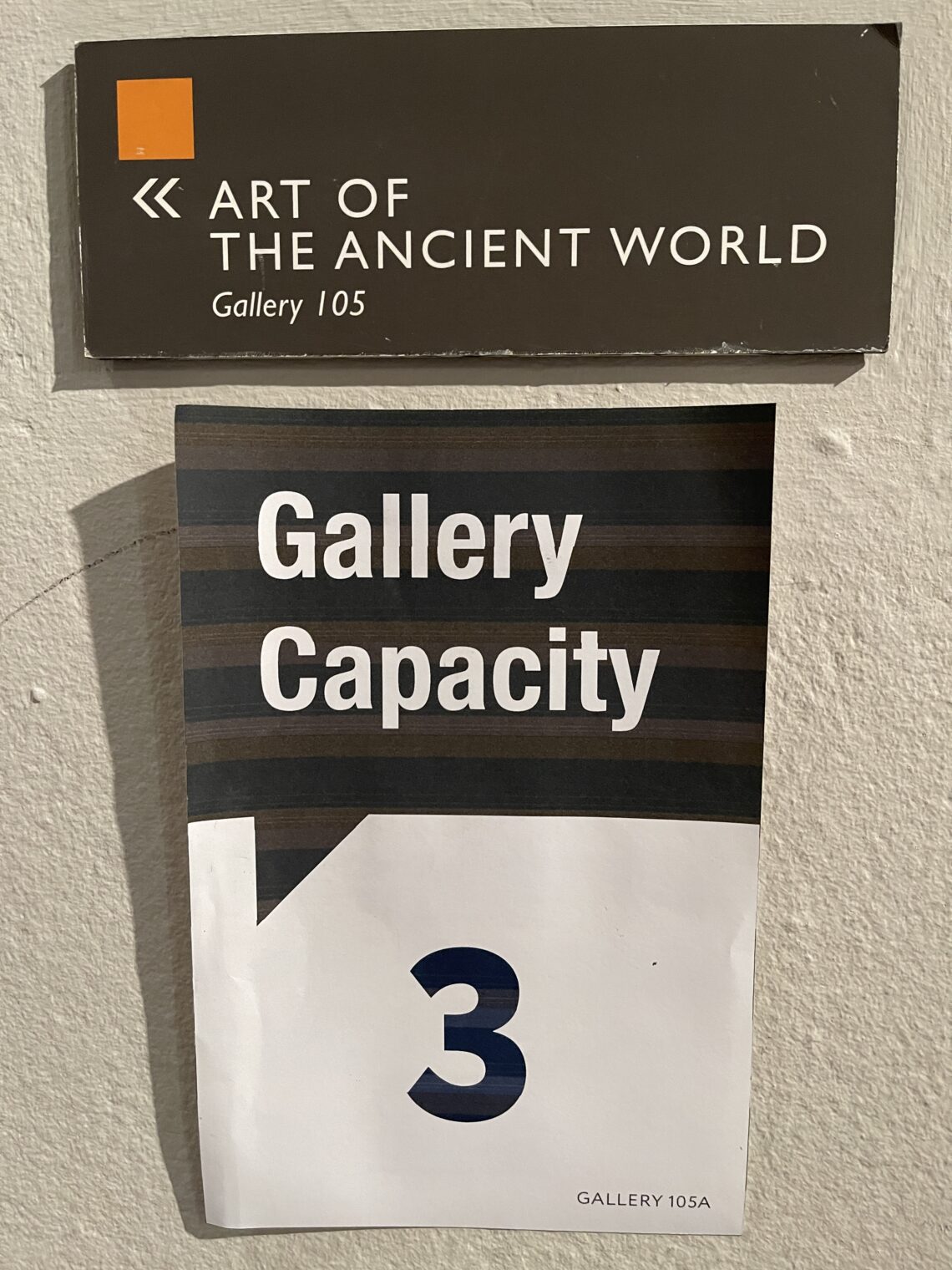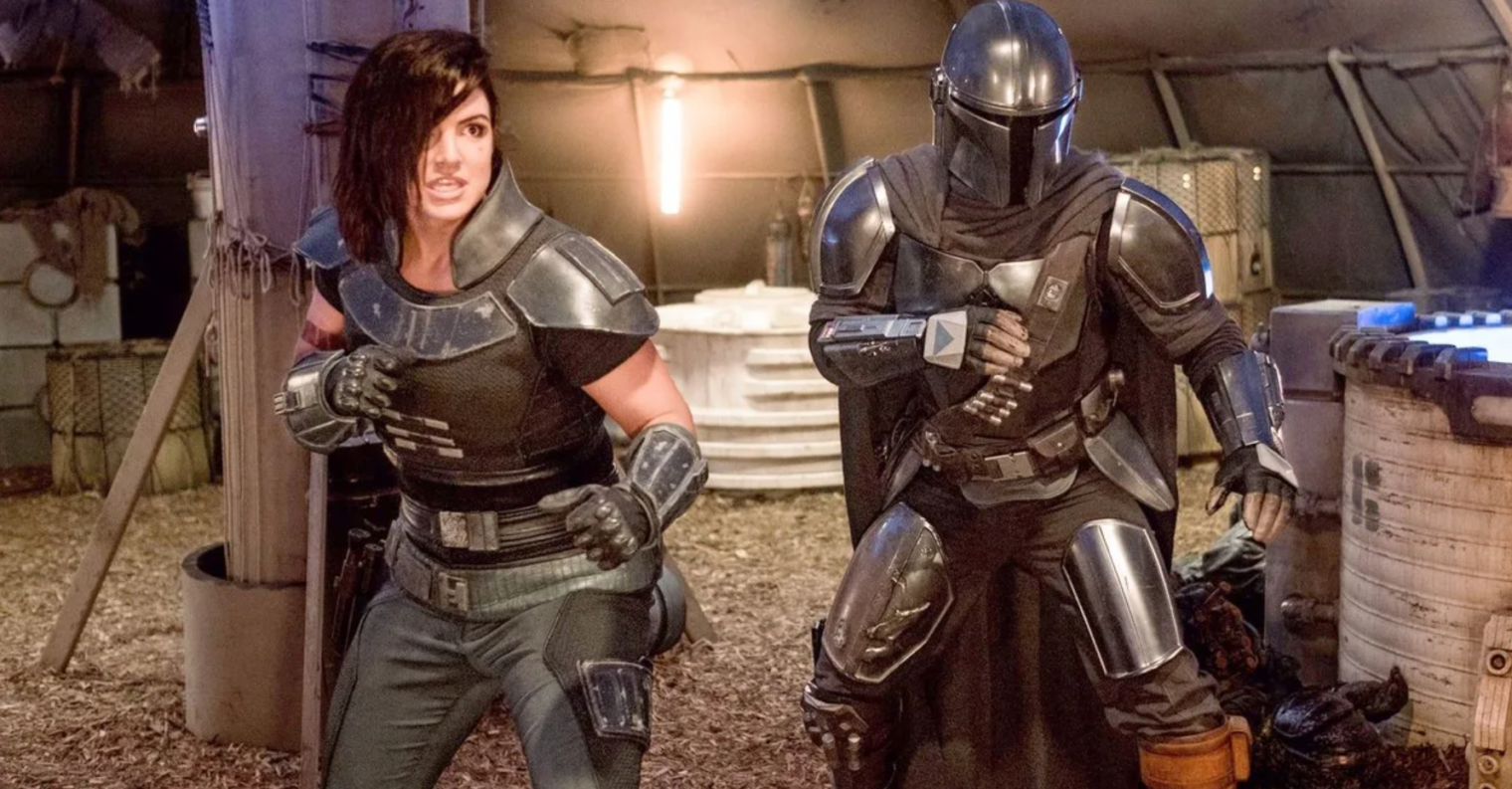Should supermarkets have live music?
On a recent trip to Naples, Florida, we discovered that the Seed to Table supermarket (across the main road from our Marriott TownePlace Suites hotel; we explained to the kids that this was a double lie because the rooms are not suites and the hotel is not in town) has live music in the evenings. Example:
The first two years of 14 days to flatten the curve have been terrible for musicians, with venues closed by order of Covidcrats, people with money fleeing urban areas, events canceled, etc.
What if other supermarkets adopted the Seed to Table idea, though? Except for the extremely COVID-concerned, people are still going to supermarkets. It is easier to do in Florida because the ceilings are usually so high (the music at Seed to Table happens about 30′ above the main floor), but why not a guitarist in the produce section to encourage people to linger and thereby maximize public health with increased vegetable sales? If I can take over as public health dictator, I will mandate an opera singer performing Wagner in the chips section to discourage sales of Cheetos and Ruffles (also ration coupons for chips and anything including sugar, of course, since obesity is contagious and is an intolerable health risk in the age of COVID).
Readers: dumb idea as usual?
Separately, Seed to Table made the news back in February 2021, e.g., with “Florida grocery store bucks mask mandate; owner says Covid death toll is ‘hogwash'” (NBC):
A video that was taken at a South Florida grocery store shows nearly every customer and employee without a mask.
The footage was filmed this week at Oakes Farms Seed to Table Market in Naples, about 42 miles south of Fort Myers. In it, not a mask is in sight and social distancing is not being followed.
The Centers for Disease Control and Prevention has repeatedly stated that masks and social distancing can help slow the spread of the coronavirus.
Note that Florida state law eventually came around to the owner’s point of view, i.e., that local officials cannot order masks (see “Florida governor signs law preempting local COVID edicts” (AP, May 3, 2021)).
What does the market look like inside? (produce from local farms in abundance; good restaurants, coffee, and an ice cream parlor; wine shop; not the place to go for cleaning supplies and the other non-food stuff that supermarkets carry)
